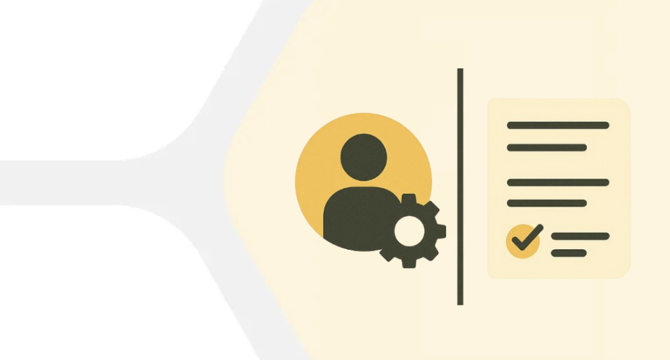UX Tweak
7d
344

Image Credit: UX Tweak
Use Case VS User Story: Difference Explained with Examples
- Use cases describe detailed system interactions step-by-step, including alternate paths and exceptions, ideal for complex systems and detailed feature planning.
- User stories capture high-level goals from the user’s perspective and promote collaboration in Agile workflows, better for Agile development and quick iterations.
- Both use cases and user stories serve different purposes but can work best together for clarity in building products.
- Use cases provide a detailed system-user interaction narrative, focusing on what the system does in response to the user's actions.
- User stories are short, user-focused statements describing features from the user's perspective, driving conversation and guiding development in Agile.
- Use cases were popularized by Ivar Jacobson in the 1980s to address the need for clearer system behavior descriptions.
- User stories were popularized by Kent Beck and Ron Jeffries in the early 2000s under Extreme Programming methodology, emphasizing collaboration and simplicity.
- User stories prioritize user value, fit well in Agile workflows, encourage collaboration, and focus on delivering features that matter to users.
- User stories are generally considered more suitable for Agile development due to their lightweight nature, quick capture of user needs, and emphasis on user value.
- Both user stories and use cases can be integrated with other techniques like story maps to provide a comprehensive understanding of product requirements and user needs.
Read Full Article
20 Likes
For uninterrupted reading, download the app